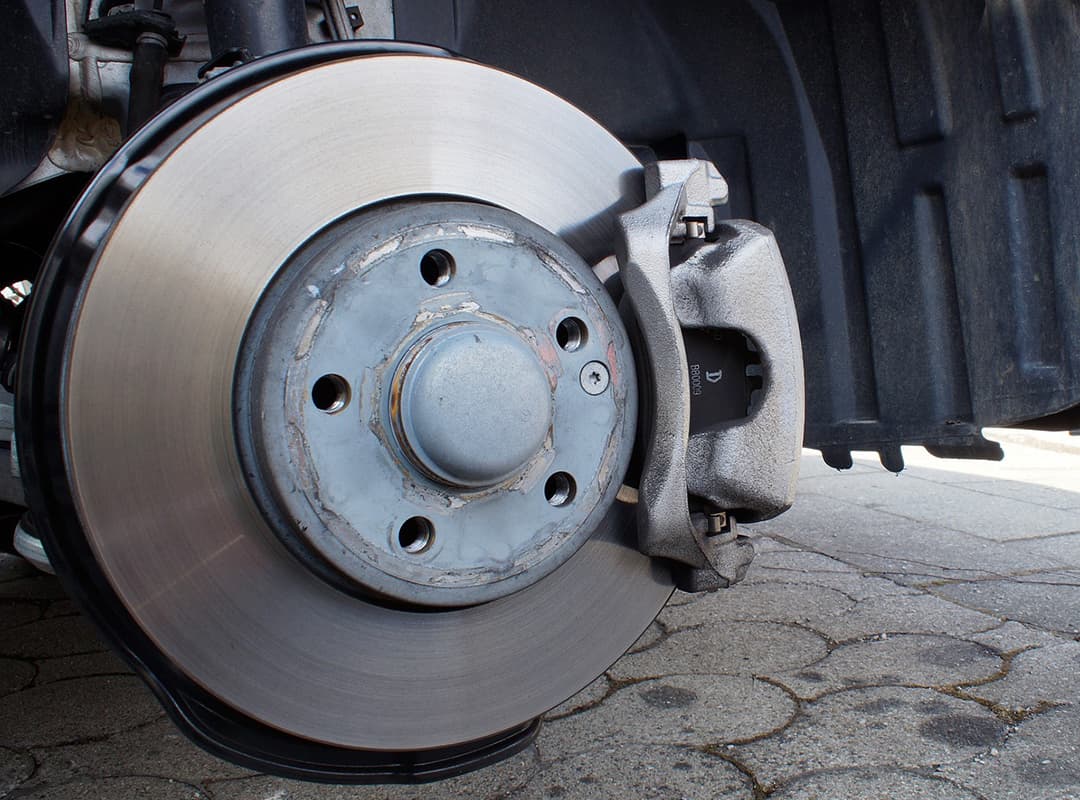Brake pads, although they don’t need to be replaced like filters and oil every 10-15 thousand, are still a consumable. For some, they wear out in 25 thousand, for others in 50 thousand. But the issue of replacement sooner or later becomes relevant for every car owner.
FERODO
If you have the opportunity to talk to experienced car owners who have also gone through their cars themselves, you will hear “ferodo” as the name of the pad in general. Americans have been producing them for over 100 years. The pads are produced in one Eco-Friction series, which replaced the Premier series (it remained only for trucks). The pads do not contain copper. According to the manufacturer, they are 20% more efficient than competitors (albeit on certain models). They have been used in the Mercedes-Benz C-Class since March 2014 and in the Audi A4 since September 2015.
TRW
Another American company that helped build the automotive industry. Since 2014, they have been part of the ZF group. Their products were installed on car assembly lines so widely that one of the types of brake systems was named TRW. The COTEC series is considered basic, but it has an advantage over competitors – during the “running-in” period, they brake 7 meters faster than their counterparts. The DTEC series is the same COTEC, but with low dust emission technology. This is a real advantage for cars with alloy wheels. For example, brake pads for Renault Kangoo 2 or brake pads for Renault Megane 3 from TRW are supplied to the assembly line.
ZIMMERMANN
Otto Zimmermann may not have such a rich history, but the quality of their products has been appreciated by many German automakers and they use these parts “in the original”. The basic series of pads is installed on the BMW assembly line and guarantees comfortable braking and long service life. The rd:z series are dust-free pads. Not only do they leave less dust on the rims, but they also brake twice as well.
REMSA
The only manufacturer on this list that is not considered a representative of the premium class. Perhaps, in terms of status and historical achievements, it really does not reach the others, but in terms of product quality it does not lag behind. And given that the price of these pads is at the “average and above average” level, this makes them simply ideal in terms of “price-quality”. Remsa is one of the two brands of the Spanish company Eurofren. The pads are manufactured at 12 plants around the world. Up to 130 million pads are produced annually. The pads are tested on mountain roads in the Alps, where braking systems are tested for all possible types of overloads. Additionally, the pads are run in tests on rotating dynamometers that simulate 10,000 hours of operation. Remsa brake pads are more often purchased by owners of Volkswagen cars, as their price is much lower than that of competitors. A good example is the brake pads for Passat B7, this manufacturer is 30% cheaper than Ferodo or TRW.
Brembo
A manufacturer that needs no introduction. Italian brake calipers Brembo, excite the soul of everyone who is fond of super and sports cars. By the way, Brembo started producing pads relatively recently – only in 2010. The pads are represented by three series – Original, Xtra, and Sport. The first series consists of 1400 pads. The second was introduced in 2018 and is designed for sports and powerful cars. The Sport series is designed for driving on the highway in sport mode. The mixture can withstand temperatures up to 600 degrees Celsius (while conventional pads heat up to 400). Brembo brake pads are bought mainly by owners of Japanese car brands, because their cost is much lower than that of their closest competitors. For example, the front brake pads on a Mitsubishi Lancer 9 are 15% cheaper than Ferodo.
Textar
This German company has been working on brakes since the days when leather belts were used instead of pads. And today it is a premium manufacturer, widely represented in the original equipment of both ordinary cars and supercars. Textar pads are represented by a basic series of 1600 articles and the EPAD series, which promises virtually silent braking with low dust emission.
